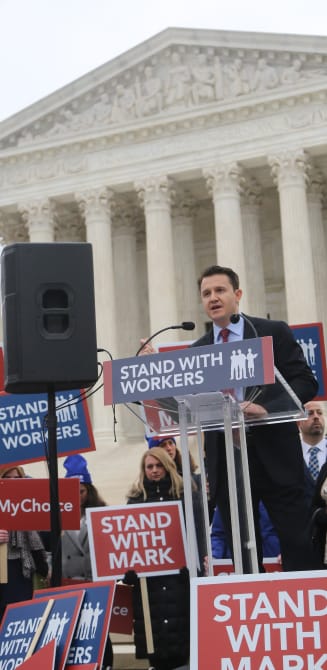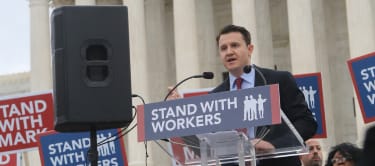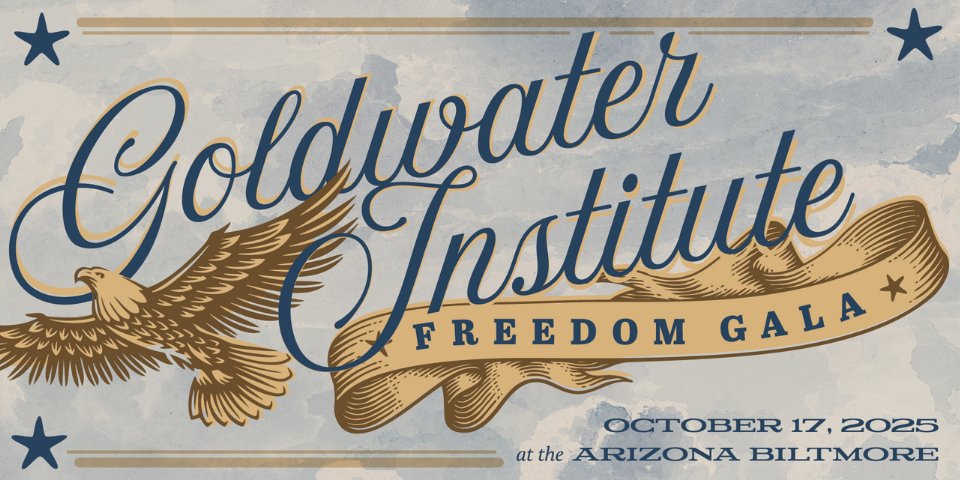Contact: Michael Kelley, (602) 633-8985
FOR IMMEDIATE RELEASE:
Phoenix, AZ—Every Arizona household’s debt is getting bigger—but most people don’t even know they owe. In Arizona, every man, woman and child owes state and local governments more than $7,500 for bills ranging from sports stadiums to parking garages.
State and local per-person long-term debt grew from $4,568 per Arizonan in 2000 to $7,587 in 2009, an increase of 66 percent in less than a decade. Arizona’s per-person debt load is almost $1,000 more than the national median of around $6,800 in per-person debt.
The $7,587 owed by every Arizonan to pay off state and local debts is in addition to the $51,000 per-American share of the mounting federal debt.
In a new report, Cutting up the Credit Cards: Seven Ideas to Reform the Culture of Debt in State and Local Government, Goldwater Institute Senior Economist Stephen Slivinski examines the vastness of the state’s debt and recommends seven key reforms to rein in Arizona’s debt culture.
“In economic times like these, most people have their hands full trying to balance their own checkbooks,” said Slivinski. “Yet our policymakers can’t restrain themselves from committing to more and more new debt that Arizona families ultimately will have to pay off.”
Although Arizona’s framers established a constitutional debt limit to cap state debt to $350,000—roughly $8 million in today’s dollars—the limit is not effective at actually limiting debt. This is because the courts have interpreted the debt limit to apply only to a specific type of debt: the “full, faith, and credit,” or general obligation debt. Politicians are able to commit current and future taxpayers to paying off a variety of debt instruments—usually called “non-guaranteed debt”—that are not subject to the constitutional limit and often do not require voter approval.
Debt-service payments were the fastest growing category in Arizona’s noncapital budget for state general expenditures in the last decade, growing 170 percent from 2002 and 2009. Almost one quarter of all state and local debts in Arizona are for projects primarily benefitting private interests, such as shopping centers or sports arenas.
For many local governments, debt payments have caused cities to cut essential services.
For example, Glendale, Arizona recently fired 49 employees, including a handful of policemen, to help cover its $35 million spending gap. The city has paid the National Hockey League $50 million over the past two years to keep the Coyotes hockey team in the city’s taxpayer-financed Jobing.com Arena, fearing that if the Coyotes move, the city will be unable to pay off the debts it owes from constructing the arena in 2002. Meanwhile, the city has had to table plans to complete the remodel of the city’s courthouse and to build a new library.
“When our elected officials commit funds to private-interest projects like sports stadiums, it doesn’t just drive up our families’ tax bills—it often means cutting the services we rely on, like law enforcement in our neighborhoods and libraries for our children,” said Slivinski.
In his paper, Slivinski recommends seven reforms to rein in Arizona’s debt, including a strict cap on debt for state and local governments, voter approval of all debt at the local level, and transparency requirements for all state and local debt.
To read the entire report, click here.
For a bio and high definition photo of Goldwater Institute Senior Economist Stephen Slivinski, click here.
The Goldwater Institute protects America’s greatest inheritance – the liberty and economic freedom of the individual – by holding government accountable and standing up for regular taxpayers just like you.










